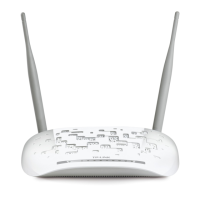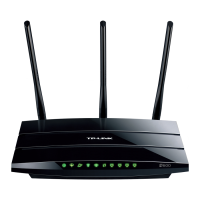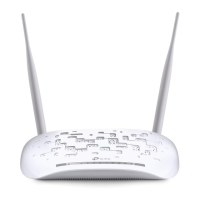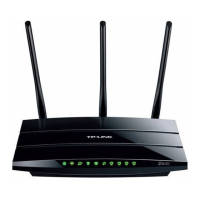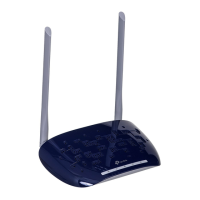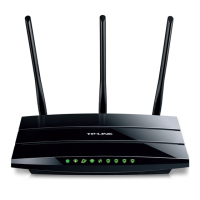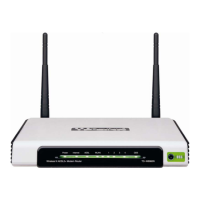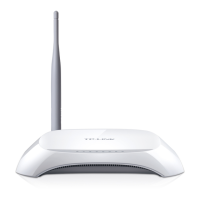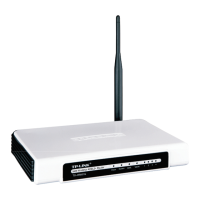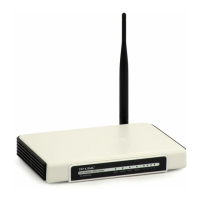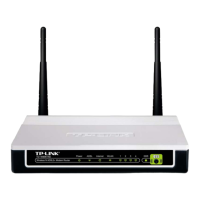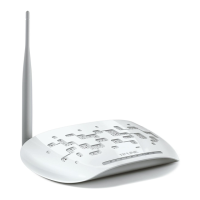150Mbps Wireless AP/Client Router User Guide
54
¾ Authentication ID: Enter the name or number used for SIP Authorization with SIP Registrar.
This value is provided by your service provider. If it’s not provided, keep the default value.
¾ Password: This parameter, given by your service provider, holds the password used for
authentication within VoIP SIP registrar.
¾ Registrar Address: Set the IP address of the SIP Registrar server, which is provided by
your service provider.
¾ Registrar Port: Specify the port of the VoIP SIP registrar on which it will listen for register
requests from VoIP device.
¾ SIP Proxy: Enter the SIP proxy if it’s provided, or keep the default value.
¾ SIP Proxy Port: Enter the SIP proxy port if it’s provided, or keep the default value.
¾ Outbound Proxy: Indicate the VoIP SIP outbound proxy server IP address. This parameter
is very useful when VoIP device is behind a NAT, say the Modem Router you use connects
to Internet by other device. Keep the default if it’s not provided by your service provider.
¾ Outbound Proxy Port: Specify the port of the VoIP SIP outbound proxy on which it will
listen for messages. Keep the default value if it’s not provided by your service provider.
SIP Account Advanced
¾ Preferred Receive Ptime: Ptime, short for packet time, refers to the time interval for a voice
packet to be sent by the remote caller. The unit is ms (millisecond). Usually the default value
20ms is OK.
¾ Priority: Select a priority for this account. This priority is useful when more than one account
is added in this Modem Router.
¾ Incoming Call Route: Select which line the incoming VoIP call will be routed to.
• None: All incoming VoIP calls will be denied.
• Phone 1/Phone 2: The incoming call will be routed to either Phone1 or Phone 2
randomly.
• Idle: The incoming call will be routed to idle phone in priority.
• All: The incoming call will be routed to both Phone1 and Phone 2 synchronously.
• PSTN 2nd Stage Dial: The incoming call requires second stage dial. This function is
applicable on the FXO ports that function as a bridge between VoIP call and PSTN. The
user can remotely use the PSTN line to initial a call.
¾ MWI: MWI is short for Message Waiting Indicator. Enable this option, so there will be
indications when voice message are received.
¾ Preferred Codec (1~4): Codec is known as Coder-Decoder which is used for data signal
conversion. Each codec uses a different bandwidth and hence provides different levels of
voice quality. The default codec settings are shown in the corresponding field for your
reference. Preferred Codec1 owns the top priority. You can change the value if you are
provided with this parameter; otherwise leave it default.
4.7.2 Dial Plan
Choose “Voice”Æ“Dial Plan”, you will see the screen similar to Figure 4-37. This section includes
Dial Plan List, Forbidden Call and Emergency call. The function allows users to set rules for
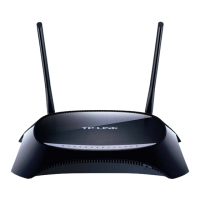
